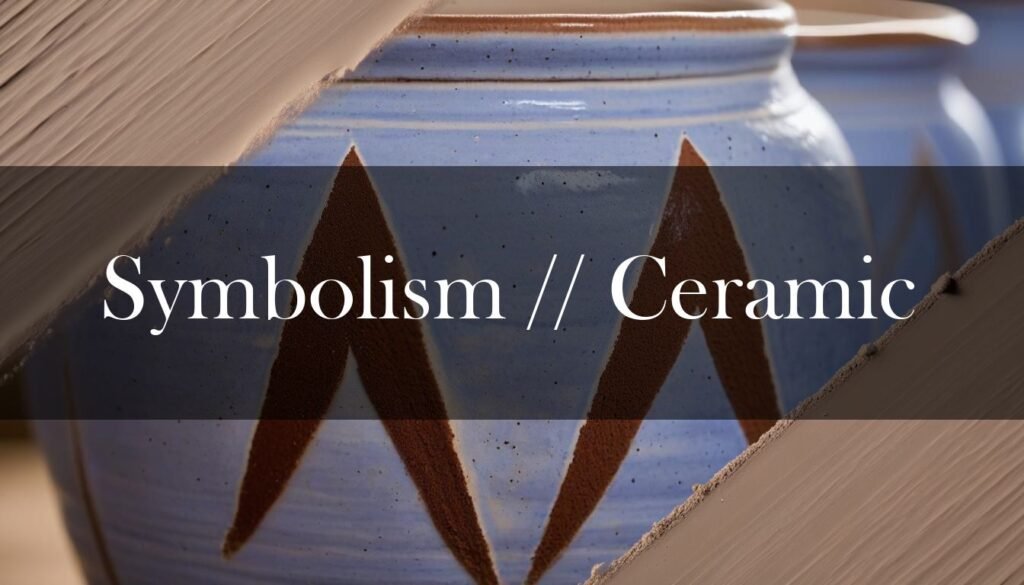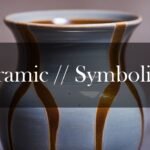Diving into the world of ceramic decoration opens up a fascinating exploration of symbolism, where each line, color, and motif tells a story. Across cultures and throughout history, pottery has served as a canvas for expressing beliefs, values, and narratives unique to its creators. Think of the ancient Chinese ceramics, where the dragon dances as a symbol of power and good fortune, often paired with the phoenix, embodying rebirth and harmony. Or consider the serene lotus, a beacon of purity emerging from muddy waters, closely tied to Buddhist symbolism and representing thriving posterity. These aren’t just pretty pictures; they’re windows into the soul of a culture. Similarly, in Japanese ceramics, the “Three Friends of Winter”—pine, bamboo, and plum—aren’t just plants; they symbolize endurance, resilience, and renewal, deeply resonating with the values of Japanese society.
You can see an example of traditional japanese designs on the website of the Museum of Ceramic Art, Hyogo. For more general information about japanese pottery, you can check out this Wikipedia article.
The beauty of symbolism in ceramic decoration is also vividly present in Native American pottery. Hopi artisans, for example, imbue their work with symbols like corn, rain clouds, and katsinas, each carrying profound messages of fertility, abundance, and spiritual connection to the land. Navajo pottery often features animals such as deer, birds, and lizards, each animal holding a significant place in Navajo mythology and representing qualities like strength, adaptability, and spiritual guidance. These symbols aren’t mere decoration; they are a continuation of ancient traditions, a way to keep stories and beliefs alive through the art of clay. Even in Mesoamerican ceramics, such as those of the Maya, the Tikal Dancer represents the young Maize God, symbolizing not only the Maya’s main resource but rebirth as well. Each culture uses its unique visual language to transform simple clay into powerful expressions of their world view. You can read more about the history of Mesoamerican ceramics here.
Examples of the animal symbolism in Navajo pottery can be seen on this blog post. Information on the mayan civilization can be found on this Wikipedia article.
Today, contemporary ceramic artists continue to draw from this rich well of symbolic expression, blending historical motifs with modern techniques and personal visions. We see nature-inspired textures and motifs reflecting our growing connection to the environment, bold colors and experimental forms pushing the boundaries of traditional aesthetics, and the integration of digital technologies allowing for intricate and innovative designs. Whether it’s a subtle nod to ancient traditions or a bold statement about contemporary issues, the use of symbolism in ceramic decoration remains a powerful way for artists to communicate, connect, and create meaning through their work. You can also learn more about unlocking symbolism in ceramic art in this article.
Examples of modern designs can be seen on this website.
And speaking of the effects that you can create, it’s really important to keep in mind how the firing process changes the glazes that you put on your pieces! A glaze’s color can change dramatically depending on whether it’s fired in an oxidation or reduction environment. And the cooling rate after firing? That can influence the texture and color as well, sometimes allowing for crystal growth within the glaze, leading to those mesmerizing matte or satin finishes.
More information on firing and glazing can be found on this blog post. And for more information about how the cooling rate affects it, check out this article. For a more scientific approach, check out this paper, and this article from the Ceramic Arts Network.




